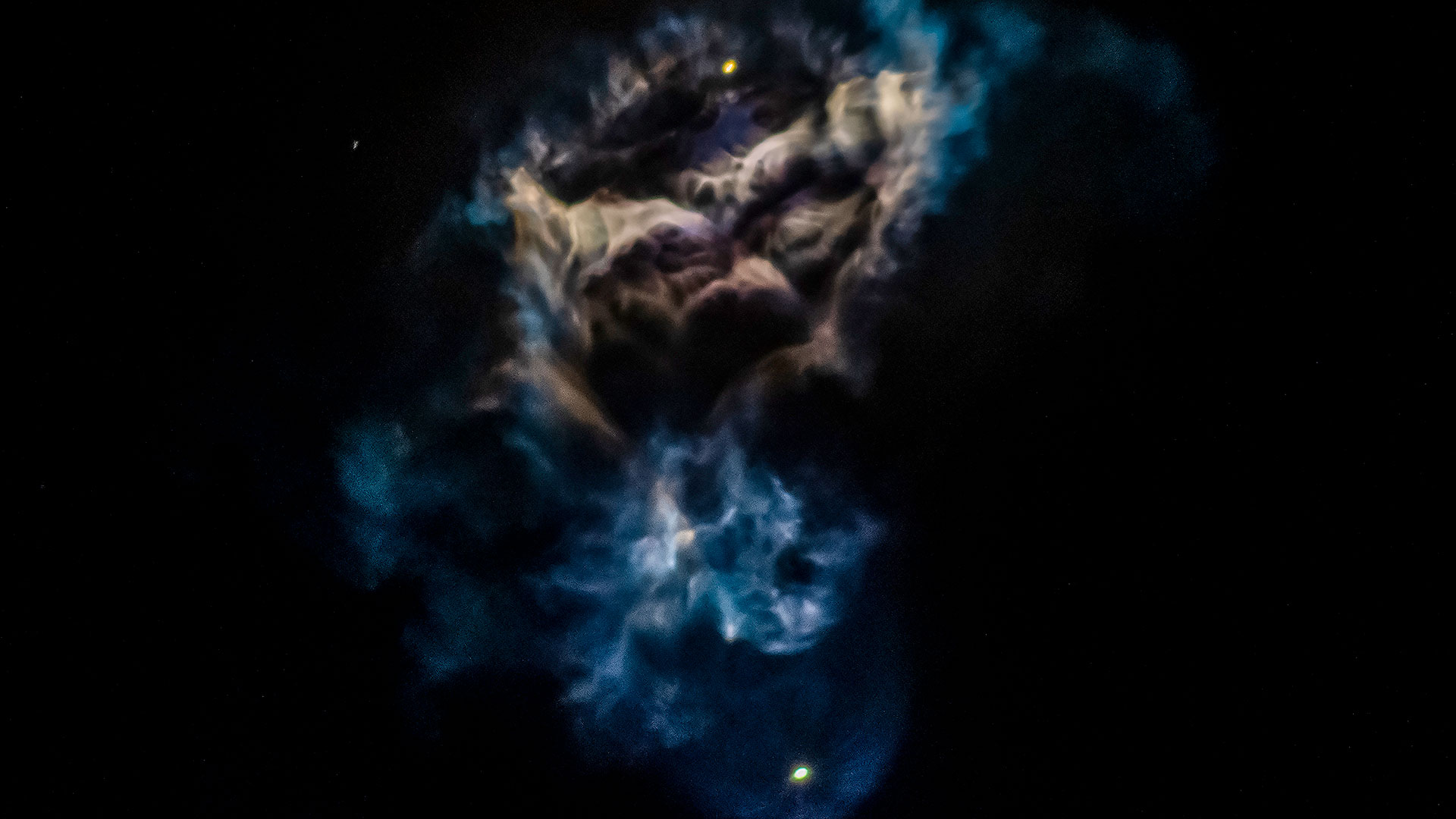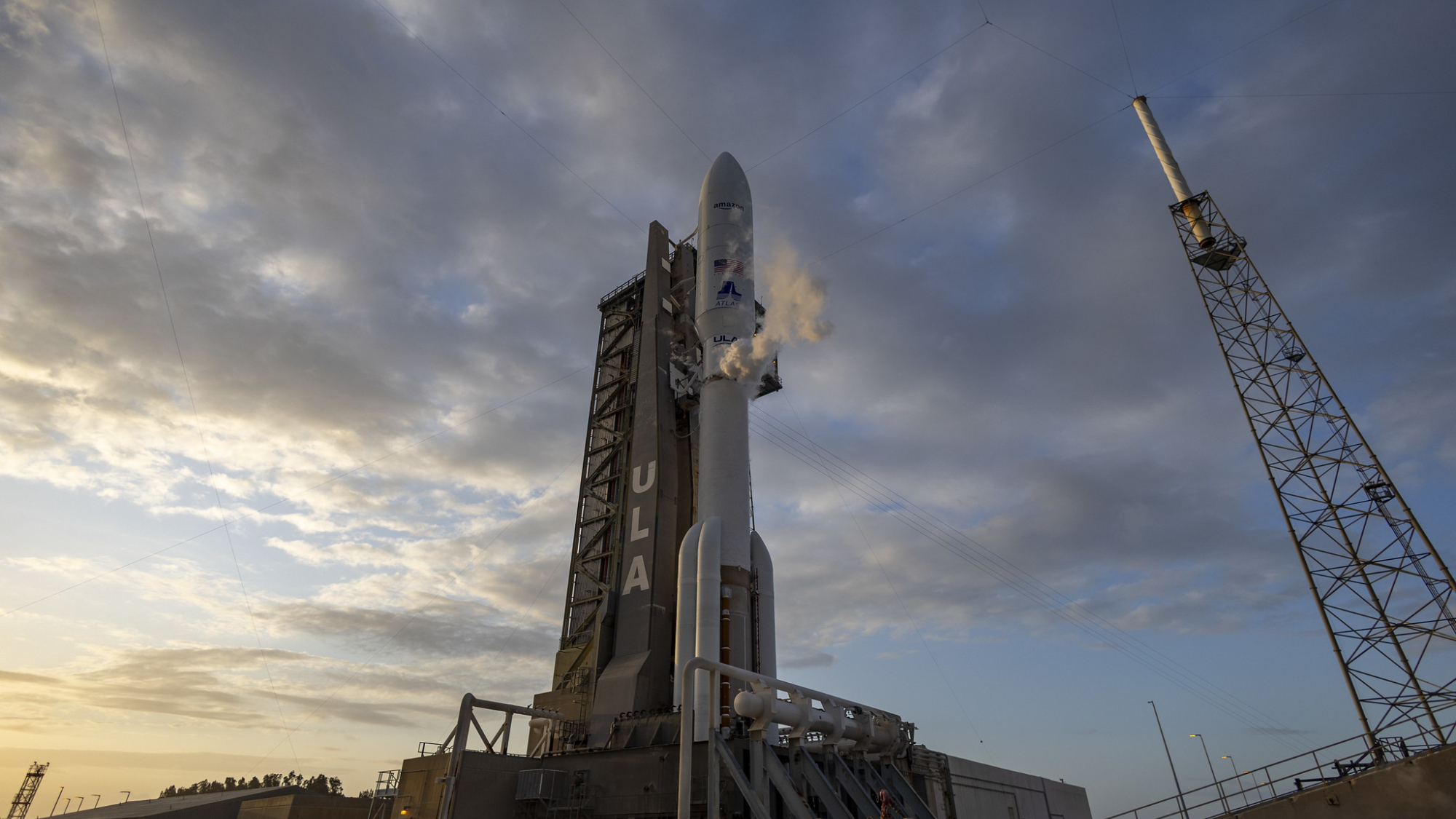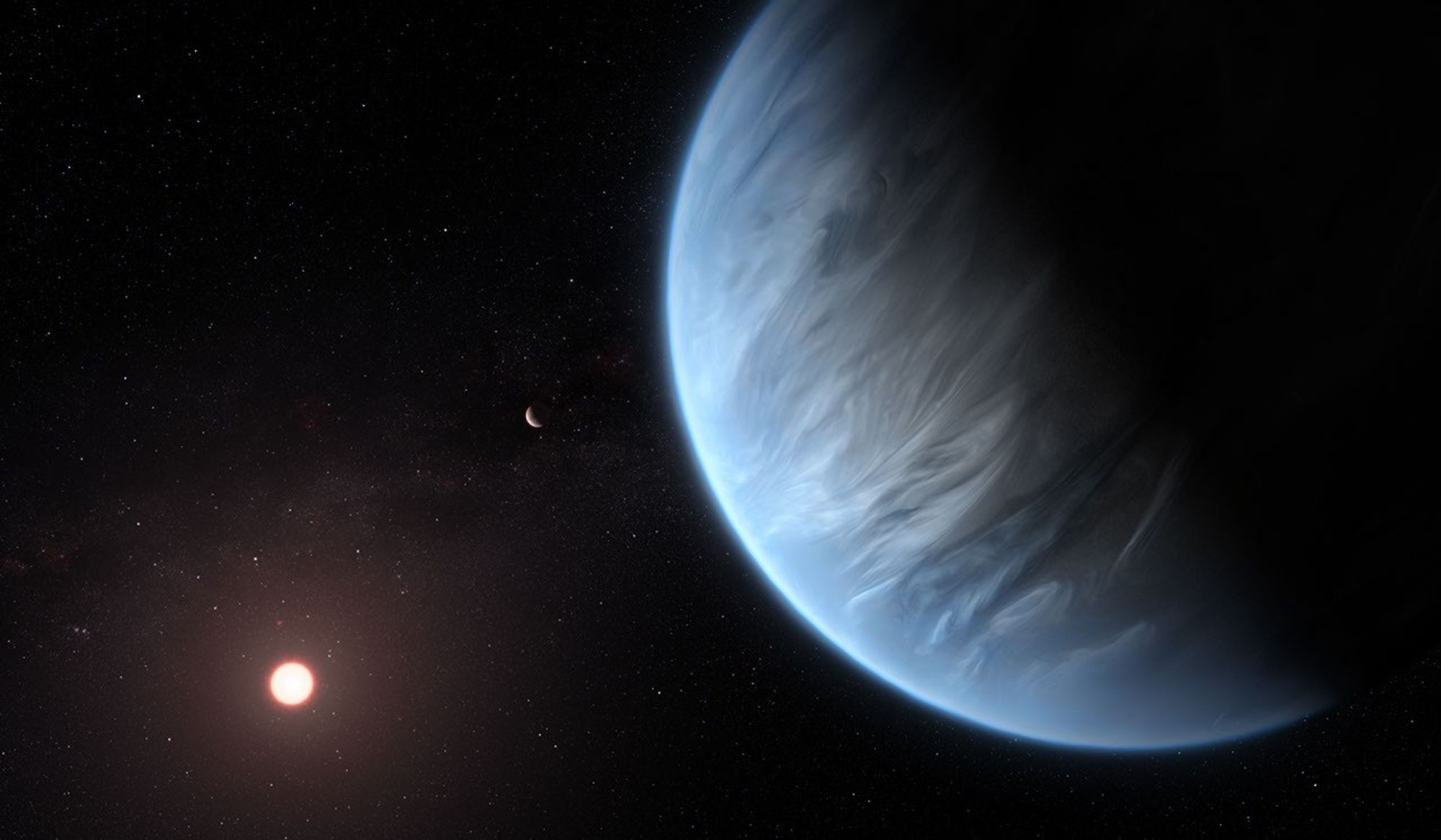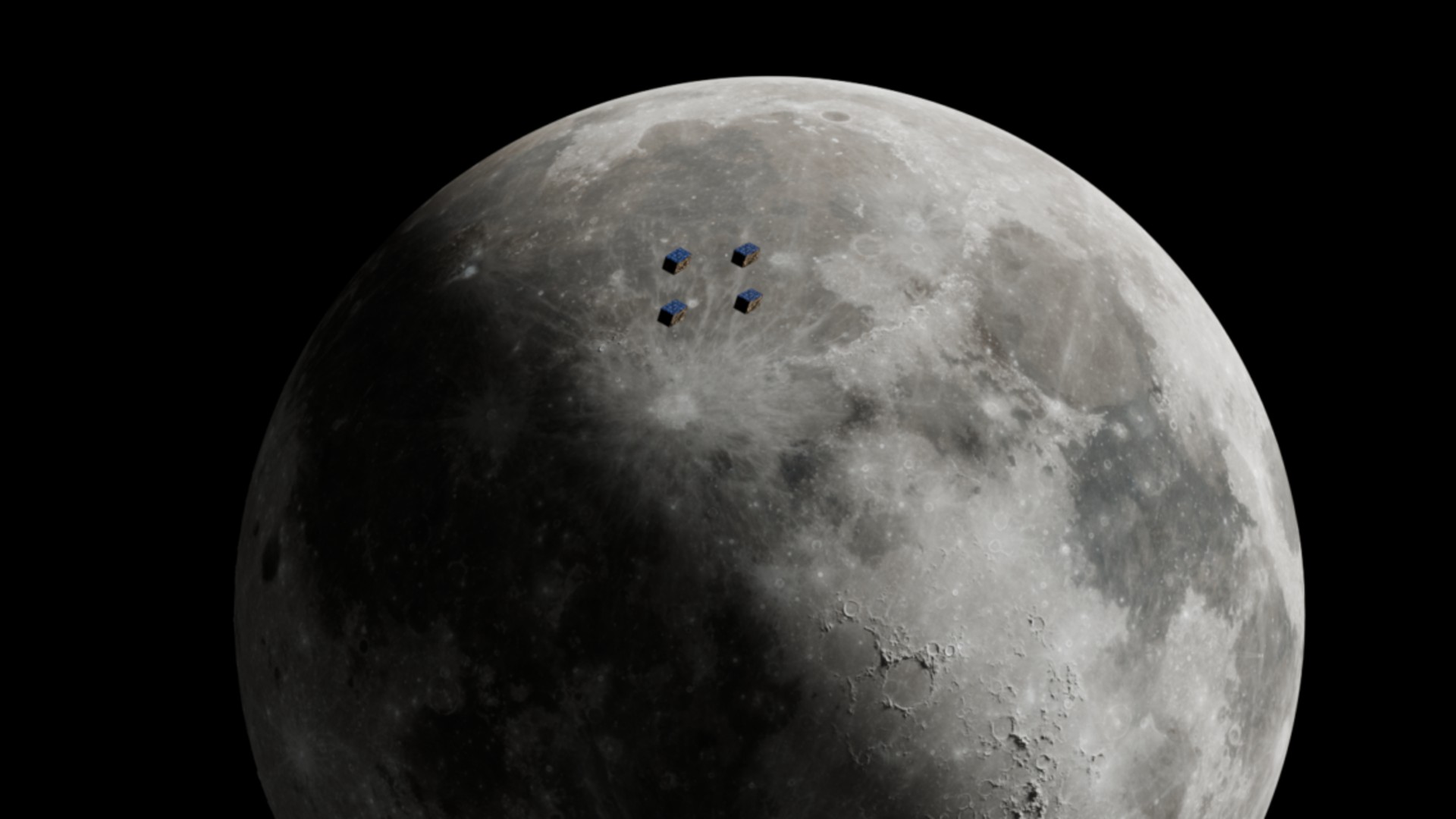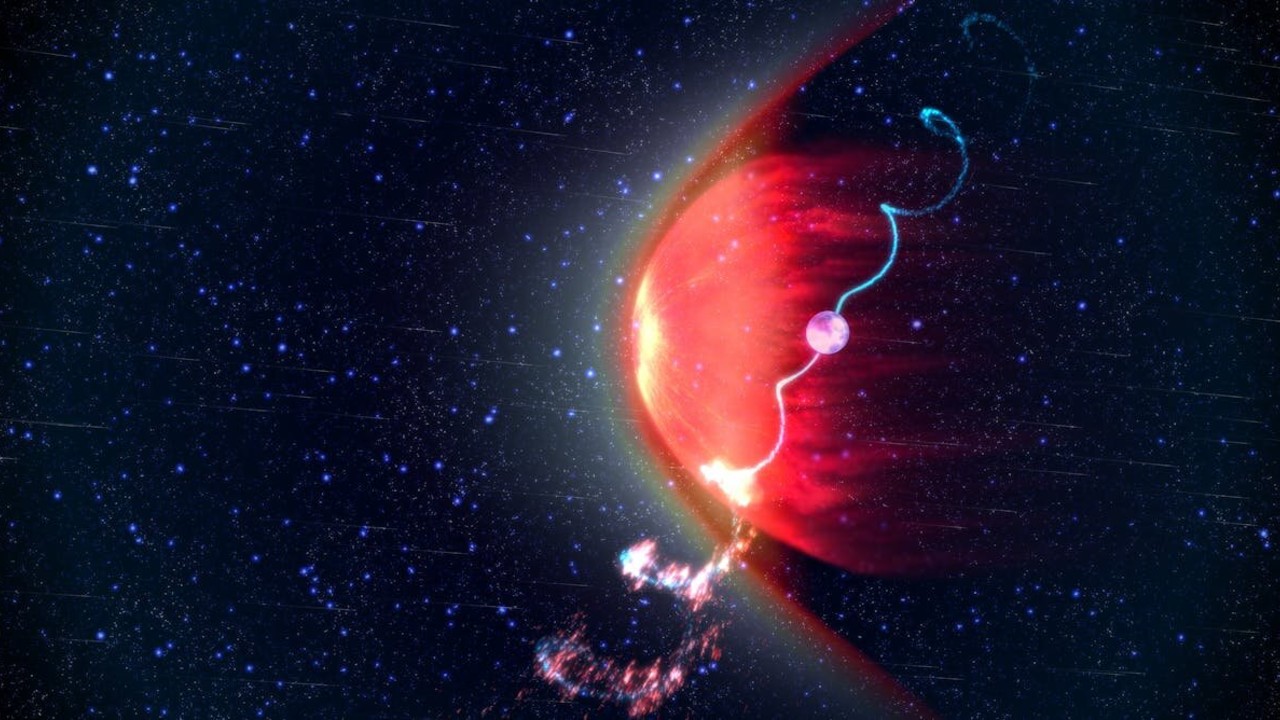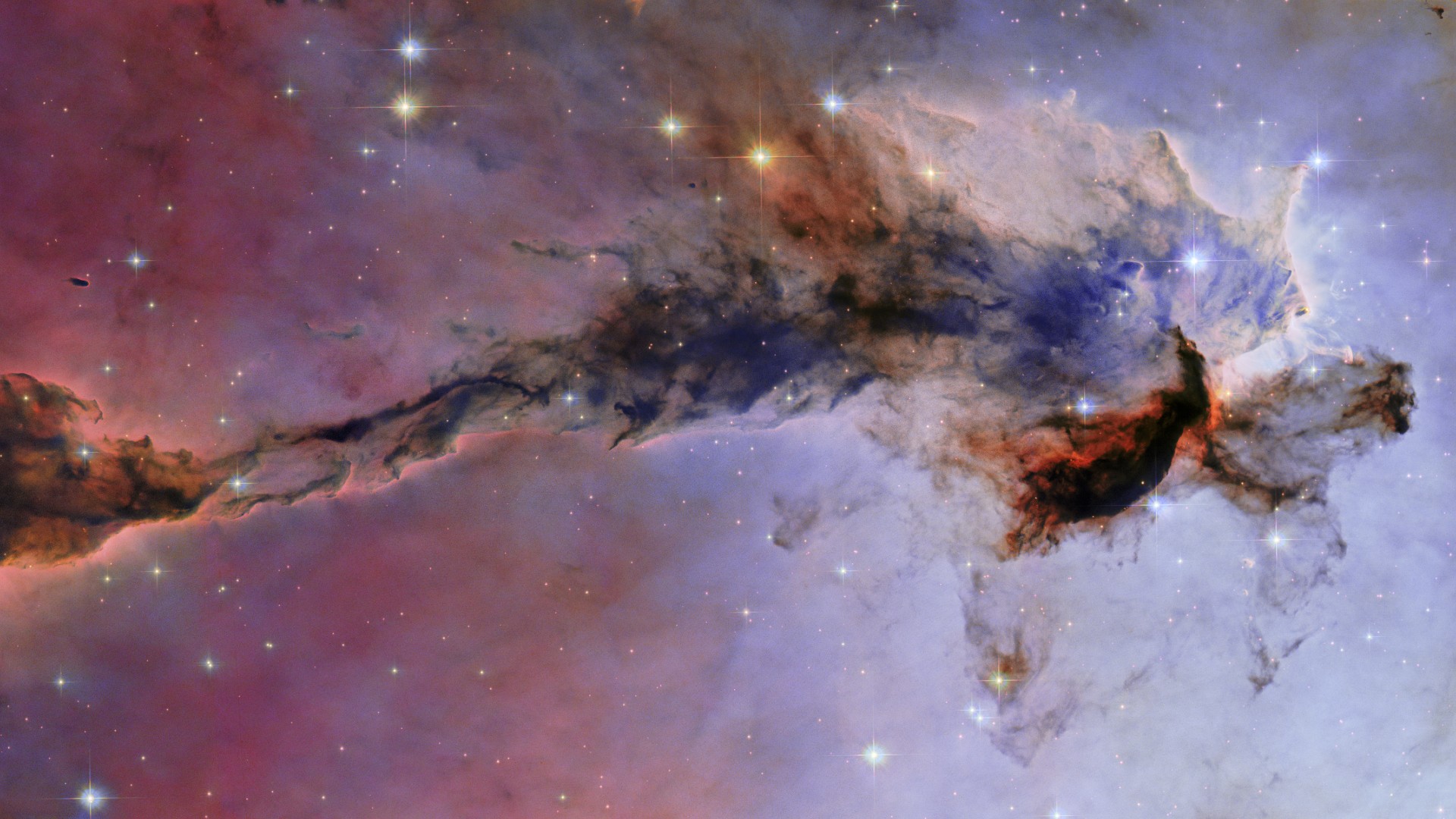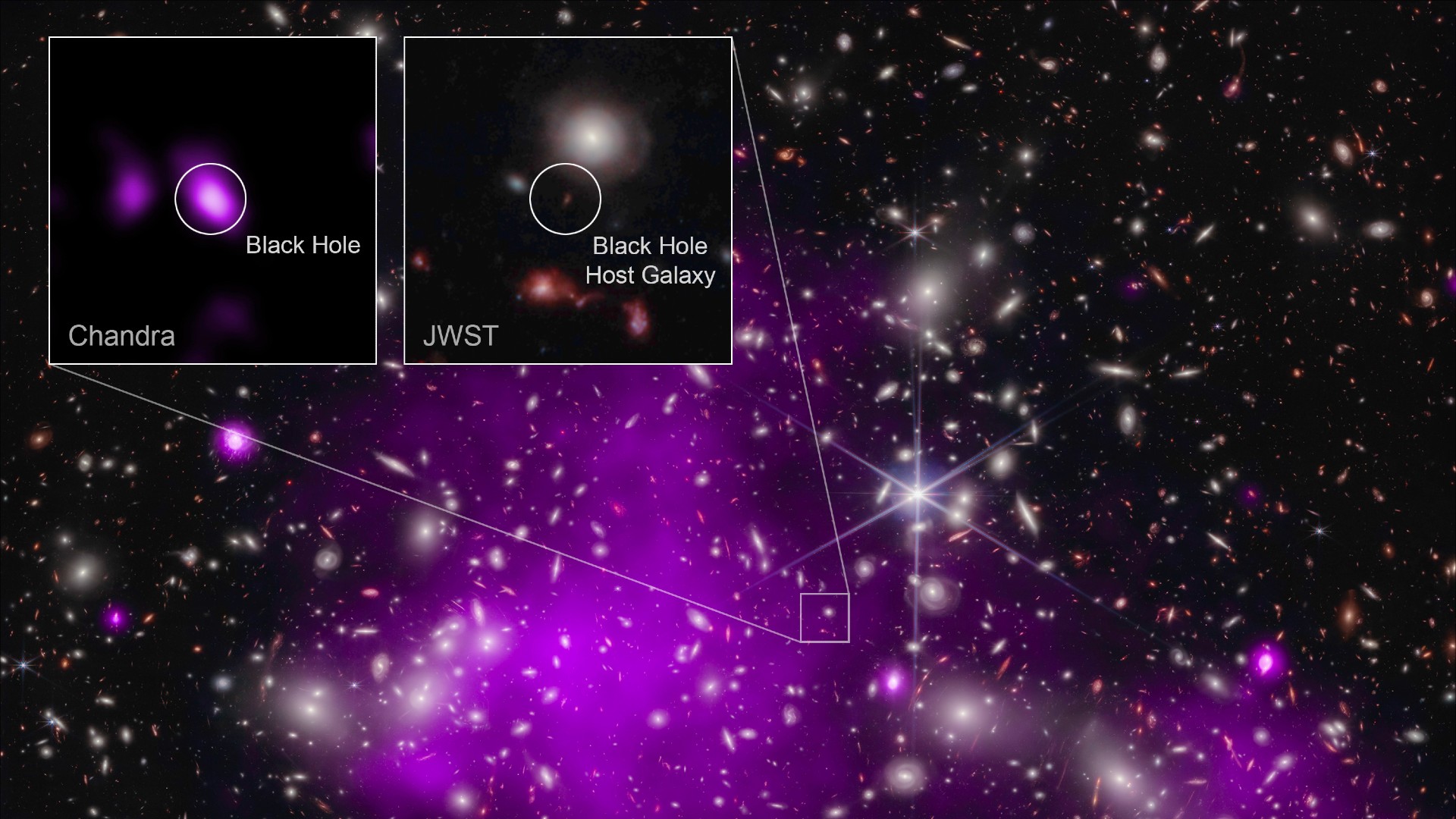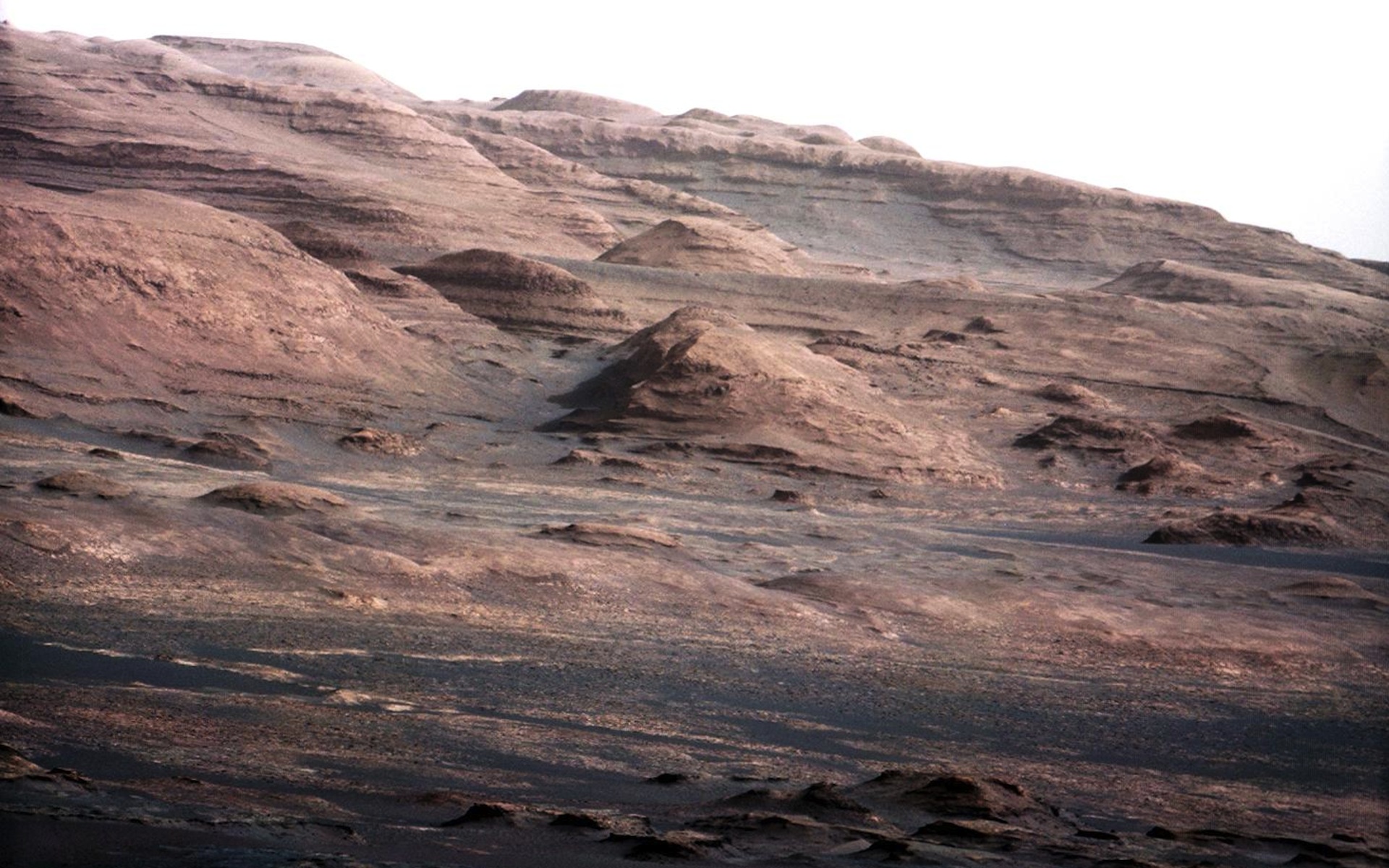Solar eclipse shines over Stonehenge in stunning photo from Astrophotographer Josh Dury
'Capturing the partial solar eclipse from the iconic landmark at Stonehenge was awe-inspiring in more ways than one'
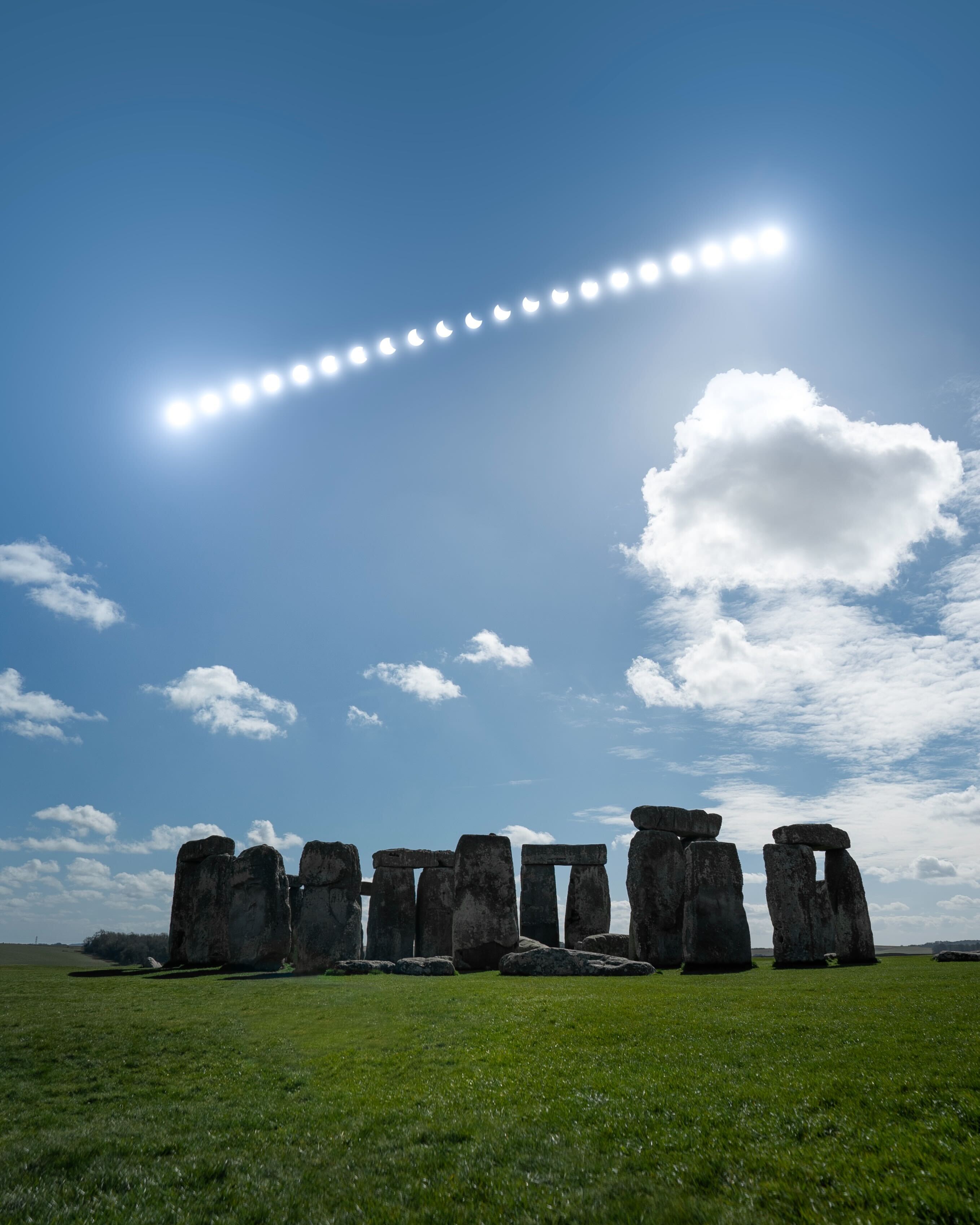
On March 29, a partial solar eclipse was visible over eastern North America and Europe, putting on a dramatic show for those lucky enough to have clear skies and front-row seats.
Astrophotographer Josh Dury captured the event unfolding over the iconic astronomical monument Stonehenge, in Wiltshire, England. Stonehenge, constructed around 5,000 years ago, is one of the world's most fascinating astronomical monuments, designed to align with the sun during the summer solstice.
"Capturing the partial solar eclipse from the iconic landmark at Stonehenge was awe-inspiring in more ways than one," Dury told Space.com. "Not only to bear witness to the celestial mechanics of our solar system but to share the experience with the general public in witnessing this celestial event."
Dury not only captured an impressive partial solar eclipse sequence over Stonehenge where you see the moon gradually move over the sun's disk, he also got a close up view of the eclipse where, if you look carefully, you can see the moon's rugged surface as it cuts across the solar disk.
The close up view is a composite image blended of three images, Dury told Space.com. Dury did this to capture the full disk of the moon during the partial solar eclipse. "Note the rugged surface of the moon that is revealed in this image," Dury said.
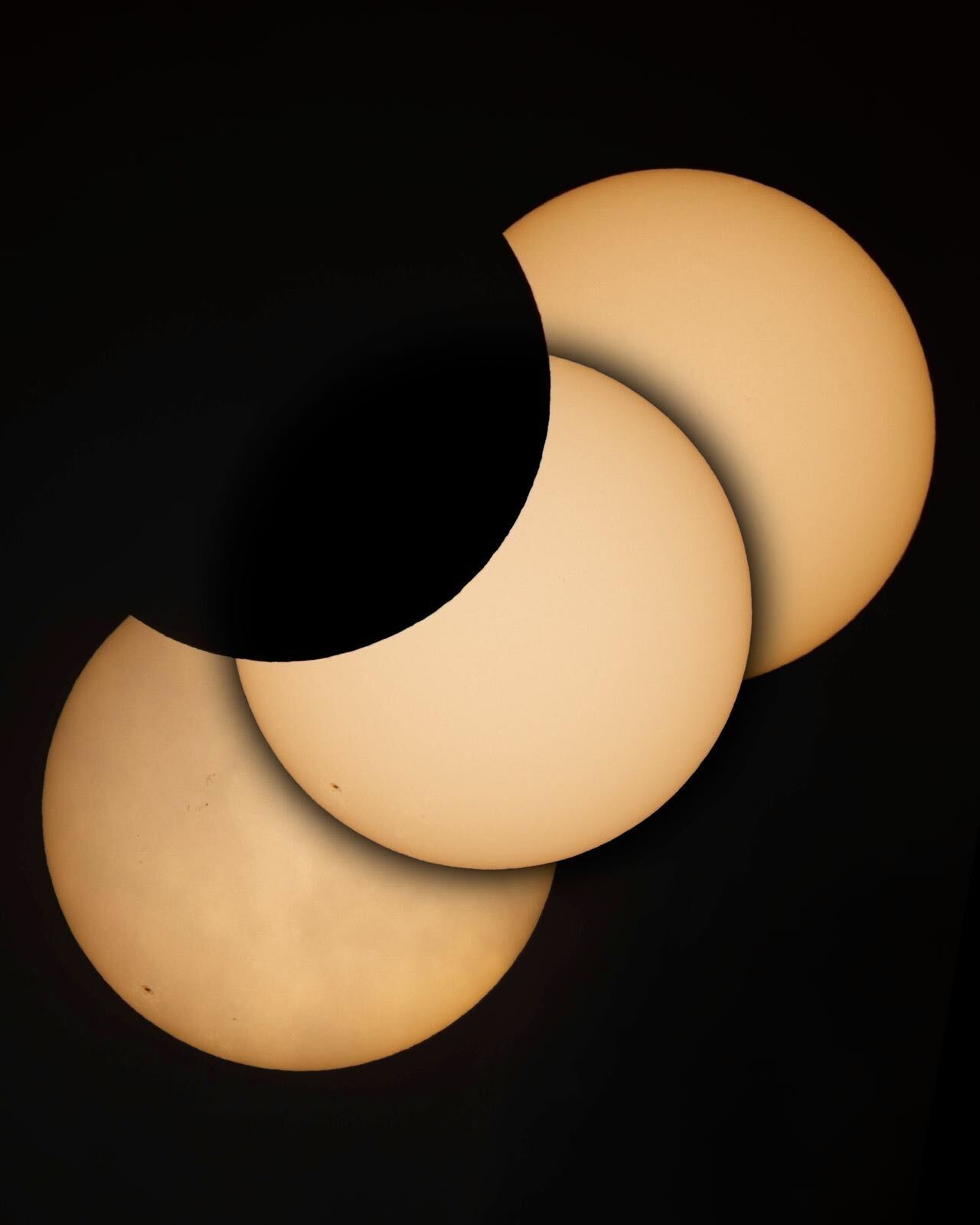
This is the second time in as many weeks that Dury has witnessed the celestial mechanics of our solar system at play, as he captured the total lunar eclipse unfolding over Castle Stalker, Appin in Scotland in the early hours of March 14.
Dury told us it was amazing to see an eclipse pair for the second time running! With each one displaying their own unique effects.
Get the Space.com Newsletter
Breaking space news, the latest updates on rocket launches, skywatching events and more!
If this eclipse has left you eager for more, you won't have to wait too long for the next one! A partial solar eclipse is set to occur on Sept. 21, 2025, though it will mostly be visible from remote areas of the Southern Hemisphere.
Want to dive deeper into moonlit exploration? Our ultimate guide to observing the moon will help you plan your next skywatching adventure, whether you're admiring its vast lunar seas, rugged mountains, or countless craters.
Curious about past lunar missions? Check out our Apollo landing sites observing guide to see where astronauts, rovers, and landers have made history. And if you'd like to get a closer look at our closest star, our sun viewing guide offers tips on how to safely observe the sun and what fascinating features to watch for.
Join our Space Forums to keep talking space on the latest missions, night sky and more! And if you have a news tip, correction or comment, let us know at: community@space.com.

Daisy Dobrijevic joined Space.com in February 2022 having previously worked for our sister publication All About Space magazine as a staff writer. Before joining us, Daisy completed an editorial internship with the BBC Sky at Night Magazine and worked at the National Space Centre in Leicester, U.K., where she enjoyed communicating space science to the public. In 2021, Daisy completed a PhD in plant physiology and also holds a Master's in Environmental Science, she is currently based in Nottingham, U.K. Daisy is passionate about all things space, with a penchant for solar activity and space weather. She has a strong interest in astrotourism and loves nothing more than a good northern lights chase!
You must confirm your public display name before commenting
Please logout and then login again, you will then be prompted to enter your display name.
